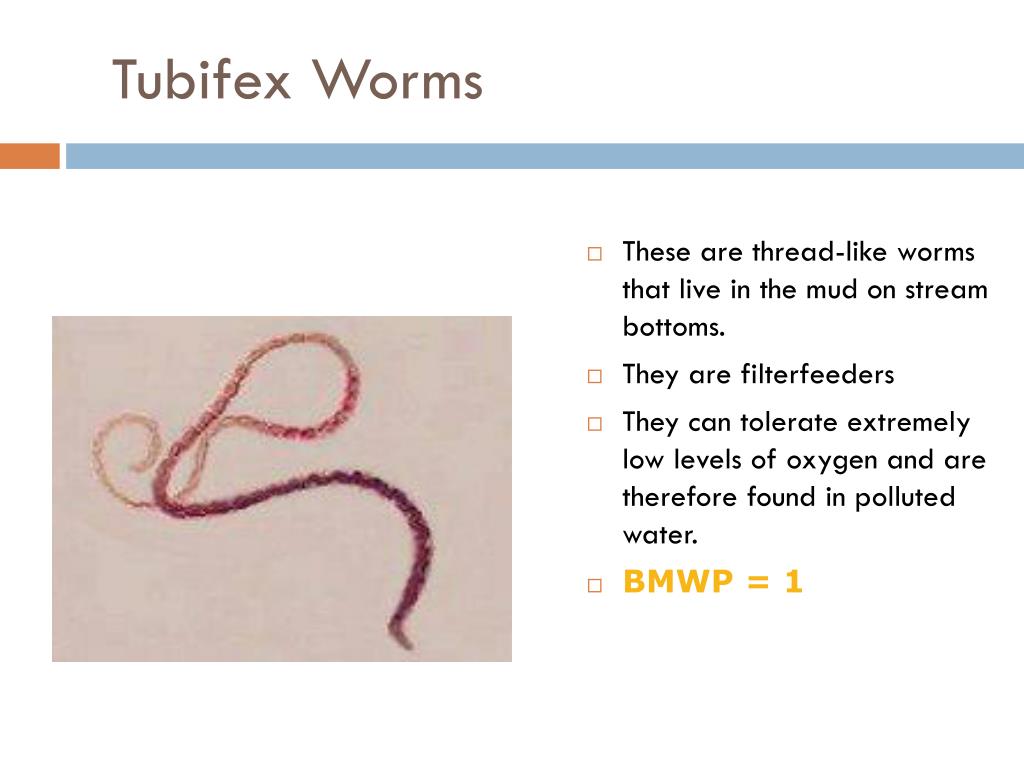

I was like man, they still prefer eating decomposing stuffs but whatever it is, the fish foods are better than fish corpses and shits.

And guess what? They eat! But rather than eating them straight away, they usually eat them after hours like when the foods are decomposing. Rather, I use flake foods and tablets (the going to expired one ). The rest, to hell they go.Īs for foods, NO WAY am I going to feed them dead decomposing fish or faeces. Finally, I picked the best 'healthy looking' worms into their breeding home. Next, I filled to a centimeter or so of water in a 20 by 10 cm fish tank and added some watersafe solution and a cube of ice (to cool the water). I am not sure if I have successfully eliminated most or any bacteria the worms have on their body but at least I tried. Much of the tubifex were killed in the first container (this is what I want actually), and I picked up like a hundred or so surviving and wiggling one and put them in the second container. I bought 50 cents of live tubifex then poured them all into a container with antiseptic mouthwash (suggested by Mr Loh in his killi website) then I got another container filled with clean water and lots of fish medication (the type that says it cure external bacteria infection). I wanted to try culturing live tubifex but 'healthy and clean' one. But I have very bad experience with live tubifex and so, I thought, if I want to feed my fish then I must feed the best.or rather "my own best". Nevertheless, once in a blue moon, I think as a good owner I should let them have a taste of this wiggling natural food. My killies are now eating granulate and I have no wish of spoiling them with too much livefood. This guy talk about getting his first 100 'healthy' tubifex and using this method and now having thousands and thousands of them. I saw this web-site on culturing tubifex by feeding them dead decomposed fish or feaces *YAK*.

URL go to publisher's site Other links Link to publication in Scopus Language English Note © 2020 American Physical Society.Hi guys, just want to share this with you all. Paves the way towards a new experimental research field of active "polymer-like worms". Low shear viscosity as a function of concentration shows a very different scaling from that of regular polymers. (ii) the characteristic shear rate for the onset of shear-thinning is given by the time scale of the activity, and (iii) the

The rheology is qualitatively similar to that of usual polymers, but, quantitatively, (i) shear thinning is reduced by activity, Performing classical rheology experiments on this entangled polymer-like system, we find that Their level of activity can be controlled by changing the temperature or by adding small amounts of alcohol to make the We experimentally study the rheology of long, slender, and entangled living worms ( Tubifex Tubifex).


 0 kommentar(er)
0 kommentar(er)
